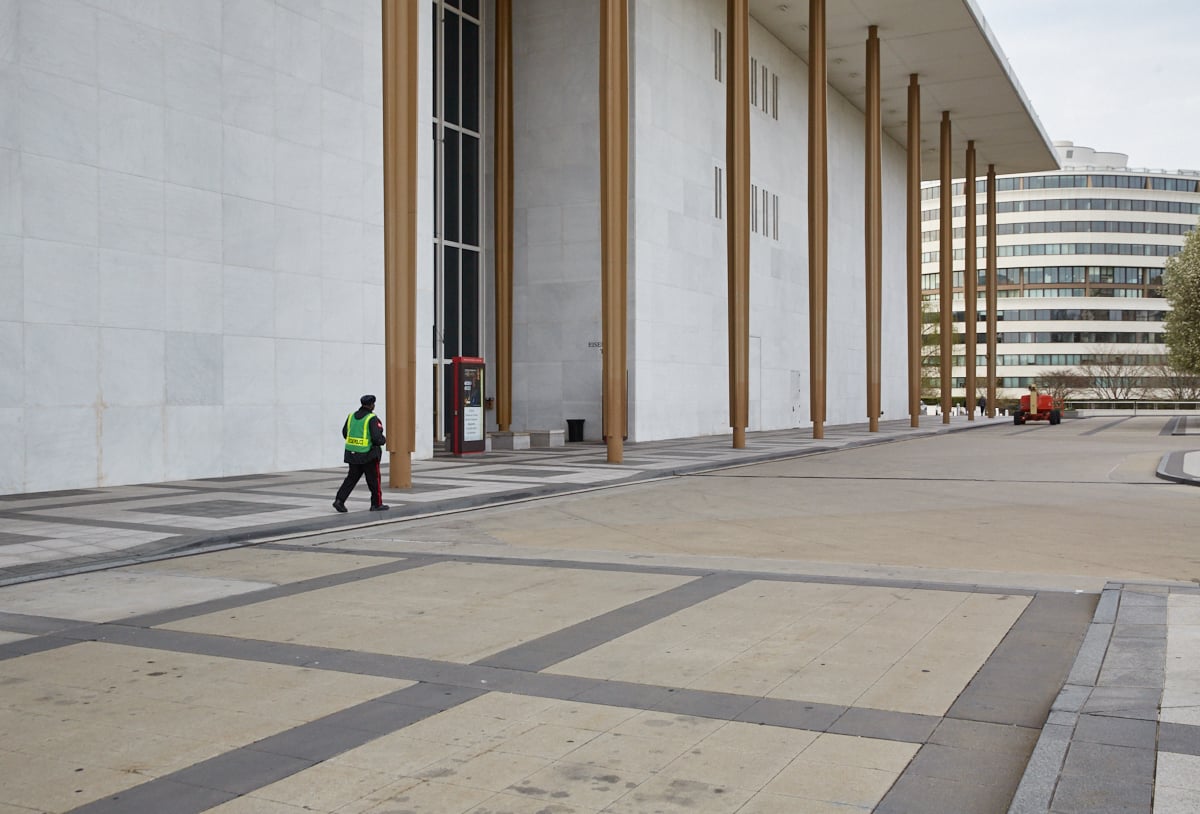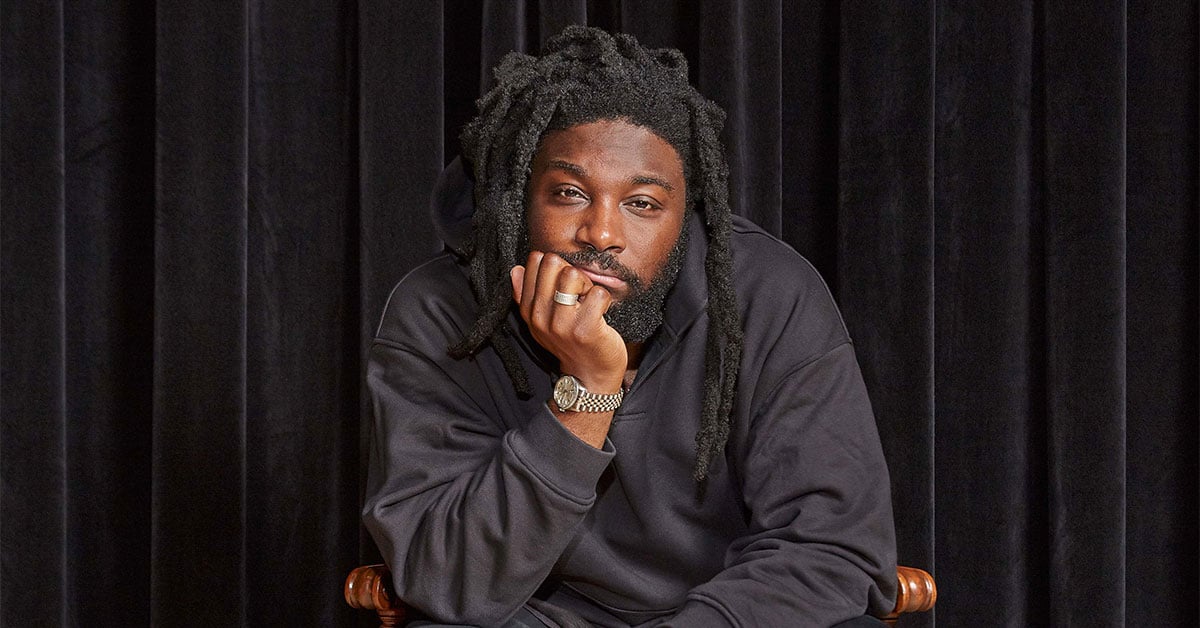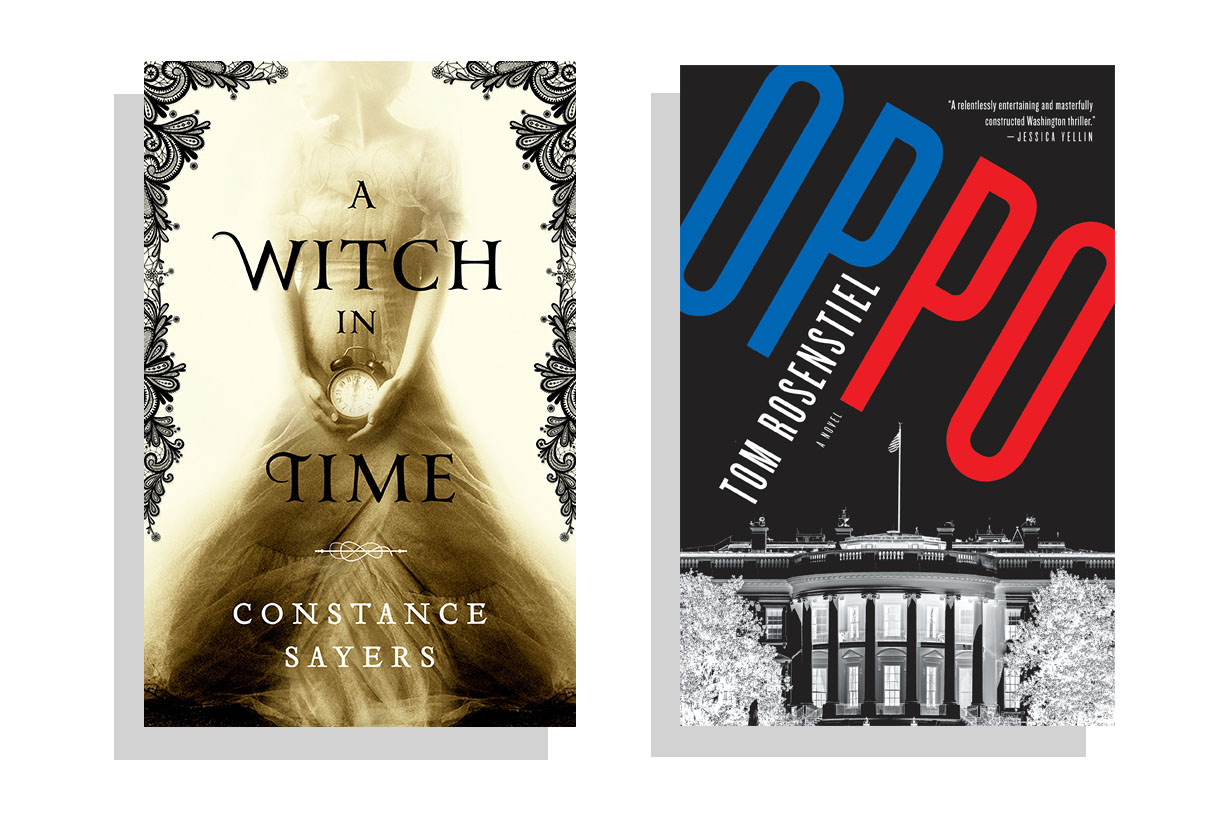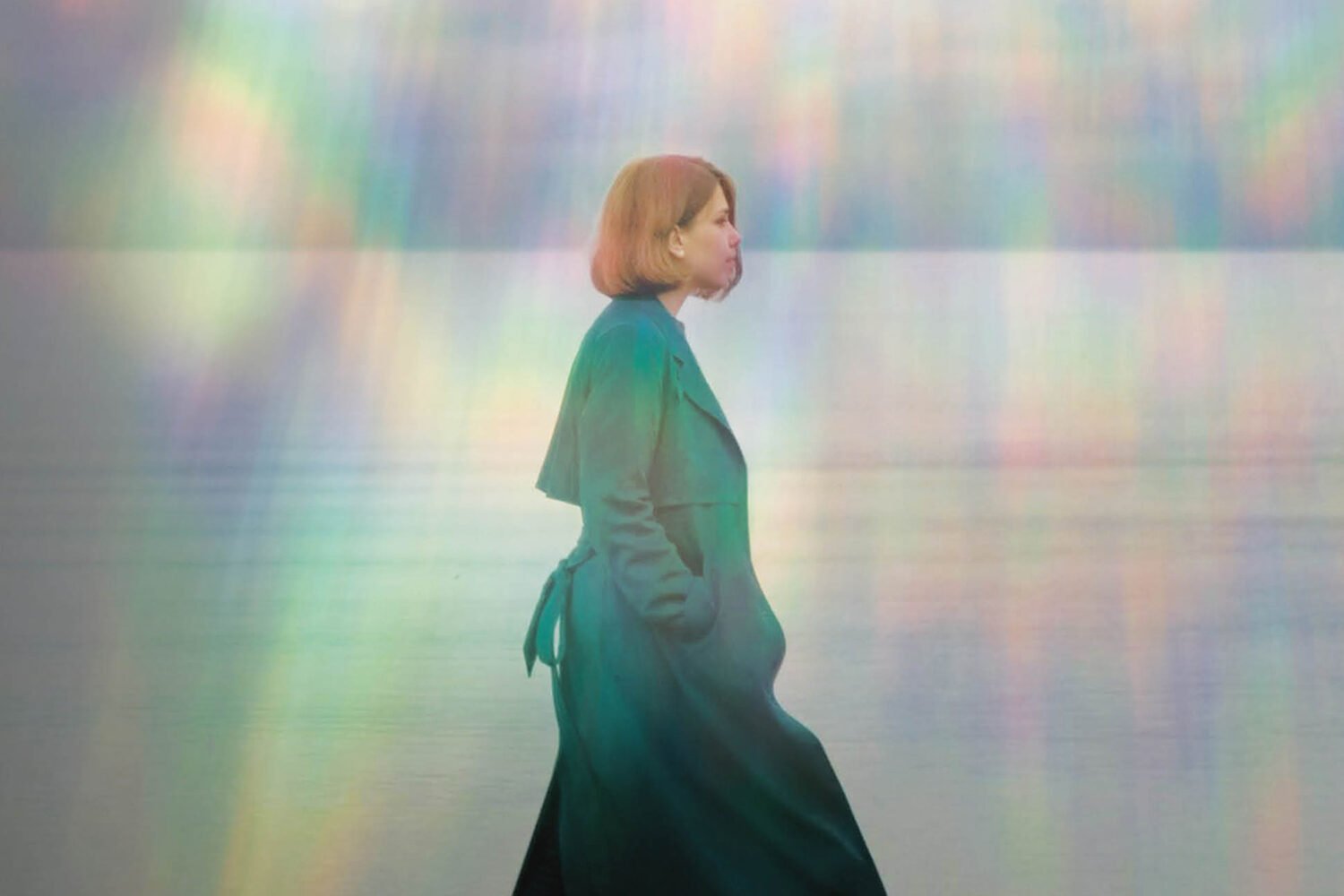An Answer to Missing History

The author writes: “What moves you in looking at these old snapshots of people who were gone long before you entered the world isn’t nostalgia, but a thrilling sense of connection, and it makes you both happy and sad to realize that what is keeping you up so late into the night is a feeling not of presence, but of absence.”
Reuss’s fiction is thus the answer to both the missing pieces of history and the ambiguity of what remains—a tender tale of separation and struggle among Mohr; his wife, Käthe; and their young daughter, Eva.
Max Mohr was the uncle of Reuss’s grandfather and a character in the author’s 1997 novel, Horace Afoot. A German-Jewish playwright and physician, Mohr fled the Nazi regime in 1934, leaving his family and traveling to Shanghai, where he practiced medicine. Reuss knew little about his distant uncle before meeting Mohr’s grandson in the late 1990s. Even then, the man remained an enigma.
The novel begins with Mohr’s last day in Wolfsgrub, Germany. Though his Lutheran wife and their daughter recognize that the reason for Mohr’s departure lies in his Judaism and the fact that the Nazis have banned his books, there’s one piece of information they can’t understand: Why is he leaving them behind? Mohr doesn’t provide an answer. Perhaps he doesn’t want to tell them the reason they can’t go to China now, or maybe he can’t explain his decision himself. In any event, the novel’s beginning is filled with anxieties, goodbyes, and the question of whether the three will reunite.
Every few pages, a snapshot of the actual Max Mohr complements the text. The first image is of Mohr and his wife at a table. In his narration, Reuss claims Eva took the picture to capture the family’s time together. It’s at this point, only a few pages in, that we’re first acquainted with the intimacy between the words and the images. That intimacy links more than just the vanished past with the author’s imagination; it also connects us to the process of reliving history—in both Wolfsgrub and Shanghai of the 1930s.
The setting alternates between the German town and the Chinese city. To acquaint us with these locations and the characters’ experiences there, Reuss intertwines Käthe’s and her husband’s letters, their pictures, and his own narrative. These three modes of storytelling expose the social, political, and familial turmoil in their lives—Käthe’s struggles to protect her daughter, for instance, and Mohr’s relationship with a Chinese nurse and his interactions with a Communist rebel.
But one mystery remains unsolved: why Mohr left his wife and daughter behind. The author hints at reasons throughout the book—maybe Mohr was uncertain about how his family would fare in China, or he just needed an escape from life as he knew it in Germany—but Reuss doesn’t claim to know the truth. He leaves that up to us.
The novel’s real charm is its embracing nature, exemplified in Reuss’s unanswered questions. He constantly challenges us to be more than outsiders looking in. Early on, in a passage addressing his readers, he writes: “I say you, but I also mean me. In novels, personal pronouns can be misleading. This is not an easy idea to express, and some will call the notion absurd. But why not? Why can’t I be you? Or him or her?”
In this sense, the novel is more participatory than explanatory. Reuss is inclusive and provocative, inviting us to share in the experience of looking at photographs and letters—of piecing together an imagined past. Discerning whether this past is real or a figment of our imagination isn’t so much what Reuss wants us to achieve. He wants us to understand the dynamic relationship between yesterday and today, to interact with what came before, helping it to live now and to live on in the future.
Publisher:
Unbridled Books
Price:
$25.95















